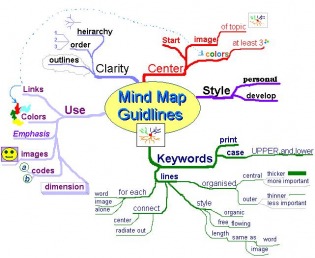|
This blog space is usually reserved for entrepreneurial posts, experiences and knowledge. But today is going to be different. It will be a reflexion on Geddo (grandpa in arab).
1 Comment
Five years ago, I attended one of my first local EO learning events in Montreal. It was a speaker who demonstrated to us the power of managing a company by simple key metrics put in a simple format. Chief Information Officers don't have it easy. They often feel squeezed by impossible budgets, ridiculous business demands and techno-ignorant colleagues. I know, I've been there. In the last 10 years through my different companies, I've acted as a virtual CIO for countless small and medium sized companies. I often coach entrepreneurs when they start their businesses and, in doing so, get to the core of 'why' they want to go out on their own. I love it when dreams of boatloads of money surface. As an entrepreneur, there are often too many ideas and concepts floating around in my mind at one time. I needed to find tools to help me organize what I was thinking and doing - and maybe even help me link the two. A small article in the local paper helped me understand the necessary qualities for a great business coach. It's taken from Martine Deschamps from Syneraction Management Rarely a day goes by that I am either asking for some form of help or getting asked for help. It's in my business with clients, suppliers or employees. It's in my family with my wife and kids. It's in my church with the teens I mentor. It's in the startups I coach with those fantastic wide-eyed new entrepreneurs. It's in my social involvement. |
AuthorEverything you never wanted to know about the author is on this web site : www.jeanfahmy.com Categories
All
Archives
December 2014
|

 RSS Feed
RSS Feed